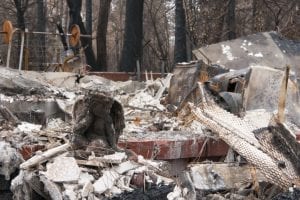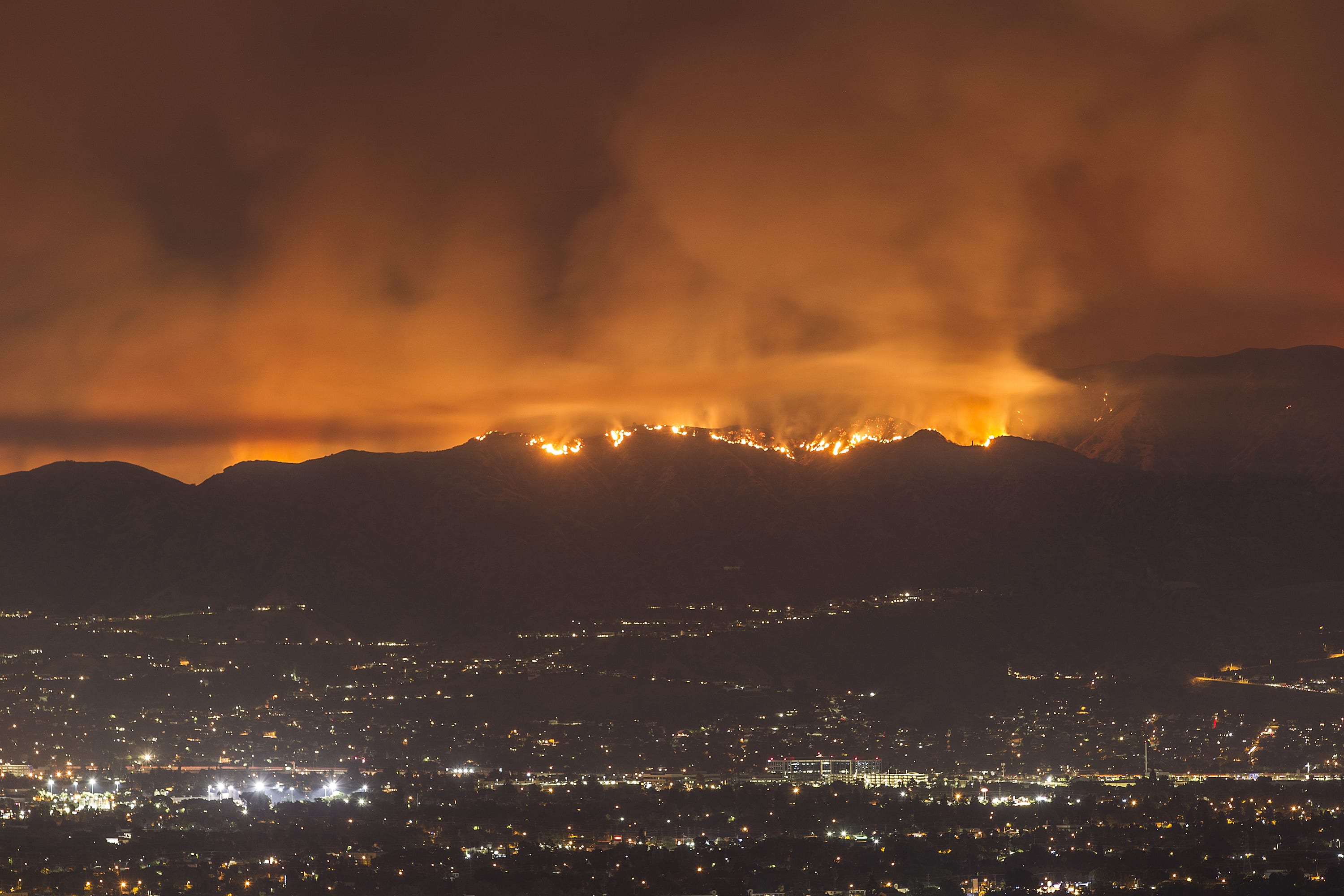Rebuilding after a wildfire can be a disaster itself, since insurance companies, stretched from more and bigger fires, may not pay the full cost of construction or living expenses. Maybe that will encourage us to change the way we think about doing the same thing over and over.
After each year’s wildfire season comes the hard work of putting everything back together. Families who decide to stay are finding that rebuilding after a fire is becoming more difficult. Especially in California’s housing crunch, finding suitable, affordable temporary housing is next to impossible. What’s more, with so many homes destroyed, demand for builders is driving prices higher than ever (if they’re even available). Insurance companies may not cover the full cost, either. What gives?
Consider the Jakel-Keys family in Santa Rosa, California. In October, 2017, the Tubbs Fire destroyed their home. They were determined to start over, but it’s not going nearly as well as they’d hoped. Insurers may not pay the full cost of rebuilding after a fire (and homeowners are often unaware of how under-insured they really are). Instead, insurers usually cover a finite amount of money, or living expenses for a finite length of time (generally two years) during construction. That’s not going to be enough for Chris Keys, who cannot afford both his mortgage and an additional $3500 per month for temporary housing after the insurance runs out. At that point, the family will break up, with some moving into an RV, sending others to live with relatives.

Making structures more flame resistant also contributes to the expense of rebuilding after a fire, but doing so will make neighborhoods more resilient. Last November, the Camp Fire, still more than two miles away from Paradise, California, sent a rain of burning pine needles falling over the town. Those flying matchsticks landed on decks, roofs, and vegetation, burning most of Paradise to the ground in four terrifying hours. California is updating its building codes based upon what it learned from last year’s deadly wildfire season. The new codes require fire resistant building materials, internal sprinklers, fine mesh on attic vents to keep embers out, tempered glass, and reduced landscaping near homes in areas likely to burn. Adding these features imposes a financial burden, but then again, so does rebuilding.
Resilient buildings can make a difference in wildfire-prone areas, and our rapidly arriving climate crisis means more wildfires in more places. Southern California’s recent wet winter brought lush spring growth, but all that grass will dry into tinder. Combined with Santa Ana winds this fall, California has the makings of another breakout wildfire season this year. Is rebuilding after a fire (perhaps even bigger and more dazzling than before) really wise, when that home is probably going to burn down again before too many years have passed? Is it ethical, when taxpayers have to pick up the tab for defending the same homes and businesses from fire, over and over again, especially in remote areas? Insurance is a clever way to spread occasional risk among a larger pool, but disasters are becoming more commonplace and eventually the burden of rebuilding from all the disasters will prove too onerous to continue. For some insurers, it already is.
Perhaps we need to take a step back and reconsider the ratio of risk to reward for rebuilding after a fire, flood, or any other disaster in the coming years. People will still need homes, but when they can’t count on the global pool of insurers and re-insurers to bail them out repeatedly, maybe they’ll start building structures with risk and periodic destruction in mind. Maybe they’ll reconsider living in areas that Nature renews with fire every now and then. Instead of turning fire into a bogeyman to be avoided at all costs, perhaps they will study the way Indigenous people managed the land and adopt methods of using fire proactively to improve the landscape before it burns uncontrollably. Will we keep pretending everything is fine, or will we learn this time?
Related: Flood Insurance and Catabolic Collapse


Join the conversation!